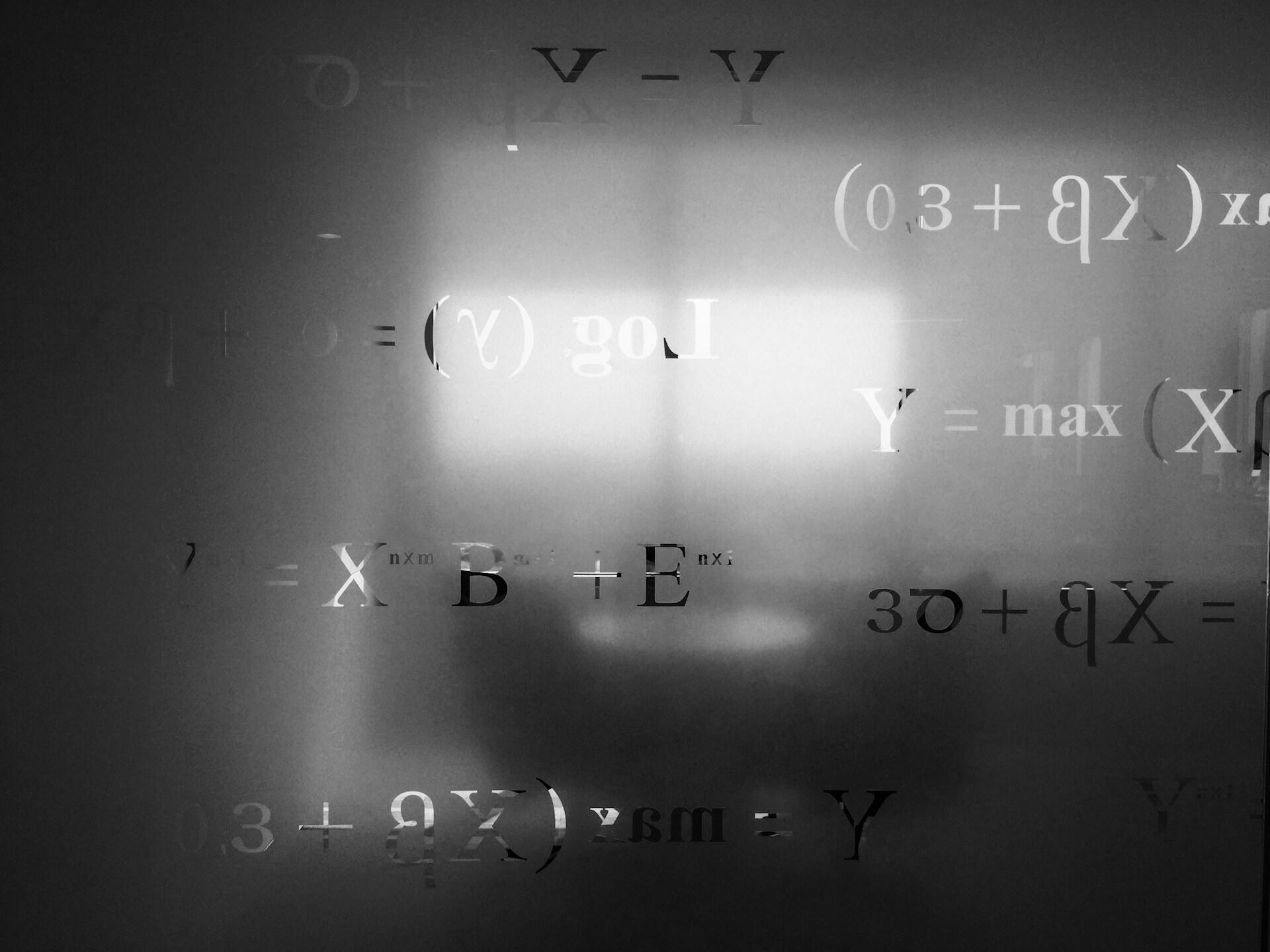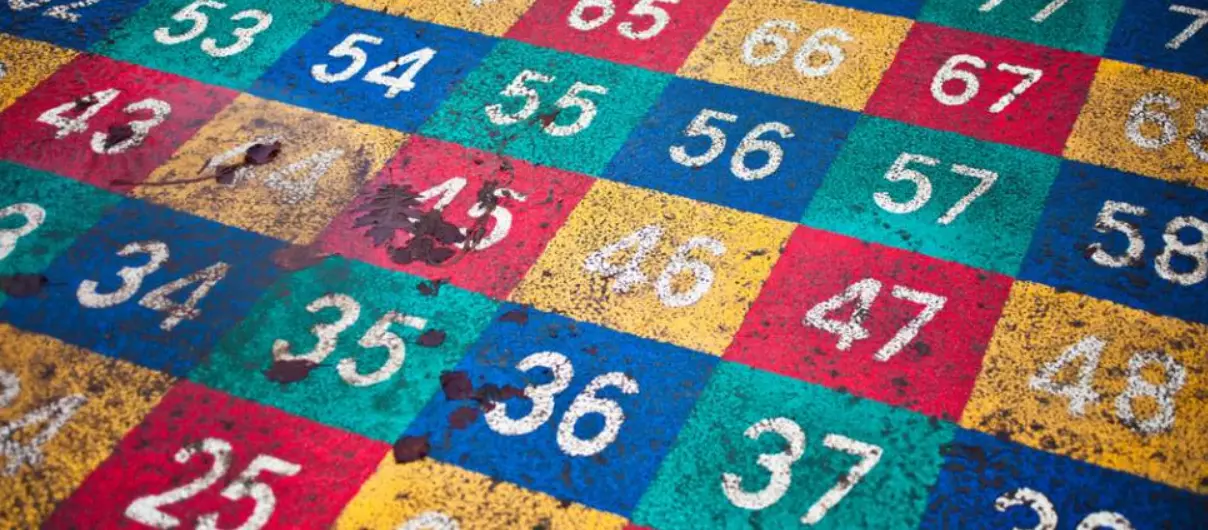Key Takeaways
- Grade 12 math courses fall into university and college stream pathways.
- There are lots of actions students can take to support their math learning.
- Functions are an essential part of Grade 12 math learning.
- There are many careers and postsecondary programs that will require you to have grade 12 math.
Grade 12, for most students, is the final year of secondary school and often one of the most challenging and stressful. Not only is the content rigorous, the grades you receive in these courses can largely dictate whether or not you get into your ideal university or college.
While the curriculum and courses will vary across provinces, grade 12 math in Canada is usually comprised of different courses that focus on topics like calculus, algebra, data management, math for everyday life, or advanced functions. Courses may also be differentiated according to whether or not you are planning to study math in college or university.
Most grade 12 math courses in Canada are developed to continue growth in the math learning you have been doing since elementary school. You can choose to take the course if you have taken the appropriate pre-requisite courses from grade 11, or have an equivalent from secondary school in another province or location.
Success in grade 12 math courses may be critical for students who need to earn the credit with a good grade to gain entry into a desired postsecondary pathway. Grade 12 math in Canada doesn’t have to be complicated; you can take steps to make learning easier.
This article is all about getting the most from your learning and ensuring your success in senior level math courses. If you or your child are struggling or having a difficult time in your courses, you have come to the right place!


What is the Difference Between College and University Preparation Courses?
You may have noticed different course code endings or descriptions on math courses that suggest college or university preparation. But what are the differences between these types of courses?
Designed for: Students planning to attend college programs or enter the workforce
Focus: Practical applications of math, real-world problem-solving
Workload: Less theoretical, more applied and hands-on
Designed for: Students planning to apply to university programs
Focus: Advanced, theoretical, and abstract math concepts
Workload: More rigorous, includes algebra, calculus, and problem-solving
To determine which type of course pathway is right for you, consider what your career goals are in the long term. Explore the different qualifications you will need to achieve those goals, and figure out what credentials you need. From there, it should be clear which type of course you should take.
Another great source to consult is the guidance counsellor in your school. They should be able to help you or connect you with someone who can help you plan your courses!
Tips for Success in Grade 12 Math
Ensure you have a Solid Foundation of Mathematical Knowledge
Math curriculum is "spiralled", meaning that every new year of learning is built on what has been done the year before it. Before enrolling in an advanced level course, ensure you have a solid grasp of the fundamentals from previous grades or course pre-requisites. See the best learning path for grade 12 math.
Topics like algebra, functions, and trigonometry form the basis for many Grade 12 math concepts. If you're struggling, consider reviewing past materials or watching online tutorials to reinforce your understanding. Connect with your teacher to see if they can help you to identify what gaps are in your learning.

Break Problems and Equations into Smaller Steps
Having a good problem solving strategy will do wonders for your math grades. Rather than feel overwhelmed by a large and complex math problem, break each question into smaller, manageable steps. Identify what is given, what is required, and the best approach to solving it. Writing down each step may also help you backtrack and figure out where you made errors if your outcome is inaccurate.
Use Visuals and Manipulatives when Needed
Manipulatives and visuals might be associated with younger students, but don't hesitate to use math tools and diagrams to help you understand your secondary math learning. Graphs, diagrams, and charts can help you grasp functions, transformations, and geometry more effectively. Tools like Desmos and GeoGebra, provide interactive ways to visualize problems and solutions.
Practice and Review Learning Regularly
Mathematics involves many skills that you will improve with practice. Set aside time to practice what you feel the least confident in, whether it is simple problem solving or watching online videos that demonstrate a concept you are studying. Keep the practice interesting by bringing together a study group of classmates.
Studying with classmates can make learning more interactive and enjoyable. Explaining concepts to others reinforces your understanding, and group discussions can help clarify doubts. Familiarize yourself with the formulas and their derivations, understand the steps involved in solving problems, and constantly revisit math basics.
Pure mathematics is, in its way, the poetry of logical ideas.
Albert Einstein
Make Use of Online Resources
If a concept isn't clicking in class, don’t hesitate to explore other explanations. Websites like Khan Academy and Binogi provide free step-by-step explanations, and interactive exercises. YouTube also has countless math educators who simplify complex topics in engaging and highly visual ways.
In grade 12, you’re likely preparing for college, university, or the workforce, which means every learning resource you use should be geared toward helping you achieve your next steps.
Develop a Growth Mindset and Seek Help When Needed
A growth mindset is all about maintaining a positive attitude and keeping in mind that you are a work in progress. Instead of thinking, “I’m just not good at math,” adopt a growth mindset: “I may struggle now, but with effort, I can improve.”

Understanding that mistakes are part of learning helps reduce frustration and builds confidence.
Another important part of a growth mindset is knowing who to turn to when you need someone to support your learning. Don’t hesitate to ask for help when you're stuck. Your teacher, tutor, or even a friend may have a different way of explaining a concept that makes it clearer. Attending extra help sessions or hiring a tutor can also provide additional support.
It is never a sign of weakness to ask for help!
Apply Math to Real-Life Situations
Sometimes, math can feel disconnected from everyday life. Relating concepts to real-world applications—such as budgeting, statistics in sports, or physics in engineering—can make learning more meaningful and engaging. Understanding how math applies outside the classroom can help you to see its relevance and make you more motivated to learn.

Which Functions and Graphing Concepts will I Learn in a Grade 12 Math Course?
Functions are a key topic in grade 12 math, and can be difficult to grasp. Functions describe relationships between variables, where each input (x-value) has exactly one output (y-value). In grade 12, you’ll study different types of functions, their properties, transformations, and applications.
Here are a few key types of functions you will likely encounter in your studies.
Polynomial Functions: a mathematical expression that consists of variables, coefficients, and non-negative integer exponents.
- Example: f(x)=x3−4x+2f(x) = x^3 - 4x + 2f(x)=x3−4x+2
Exponential and Logarithmic Functions: functions that are essential for understanding growth, decay, and inverse relationships. They are widely used in real-world applications like finance, population growth, and radioactive decay.
- Exponential Example: f(x)=2xf(x) = 2^xf(x)=2x (grows rapidly)
- Logarithmic Example: f(x)=log2(x)f(x) = \log_2(x)f(x)=log2(x) (inverse of exponentials)
Trigonometric Functions: functions that describe the relationships between angles and sides of a right-angled triangle. These functions are widely used in physics, engineering, computer science, and many real-world applications like sound waves, light waves, and navigation. Focus on sine, cosine, and tangent functions, including transformations and identities.
- Example: f(x)=sin(x)f(x) = \sin(x)f(x)=sin(x) or g(x)=2cos(x)+1g(x) = 2\cos(x) + 1g(x)=2cos(x)+1
Which Postsecondary Programs Require Grade 12 Math Credits?
If math is starting to sound stressful, always remember that having math credits opens up pathways to so many careers in the workforce. Check out the chart below for some major areas of study that require Grade 12 math.
engineering, computer science, software engineering, mathematics, statistics, physics, chemistry, biology, data science, artificial intelligence, architecture, actuarial science, earth and environmental sciences, astronomy, economics
Business administration, finance, accounting, economics, management information systems, marketing
Nursing, pharmacy, medicine, dentistry, veterinary science, kinesiology, medical laboratory science
Construction and architecture, plumbing, welding, HVAC, aviation technology, piloting, aircraft maintenance, robotics and animation
nursing, dental hygeine, medical radiation technology, pharmacy technician, respiratory therapy

Is it Worthwhile to Hire a Math Tutor?
Math help is vital if you want a breakthrough in the subject. Leveraging the best math resources, such as hiring a tutor on Superprof, can accelerate your learning so you can achieve your academic goals. In addition, math can be more meaningful if you learn how to solve problems with a tutor, starting from the basics and advancing gradually.
Superprof is one of the best platforms to look for effective math tutors who’ll simplify math basics and help you with your homework. You choose your tutor, arrange your schedule, and you’re free to change tutors if one isn’t working well for you. Finding a tutor on Superprof is easy; search for “math tutor” and choose among the profiles of available tutors displayed. You can then arrange your schedule with your tutor and plan your classes accordingly.

























